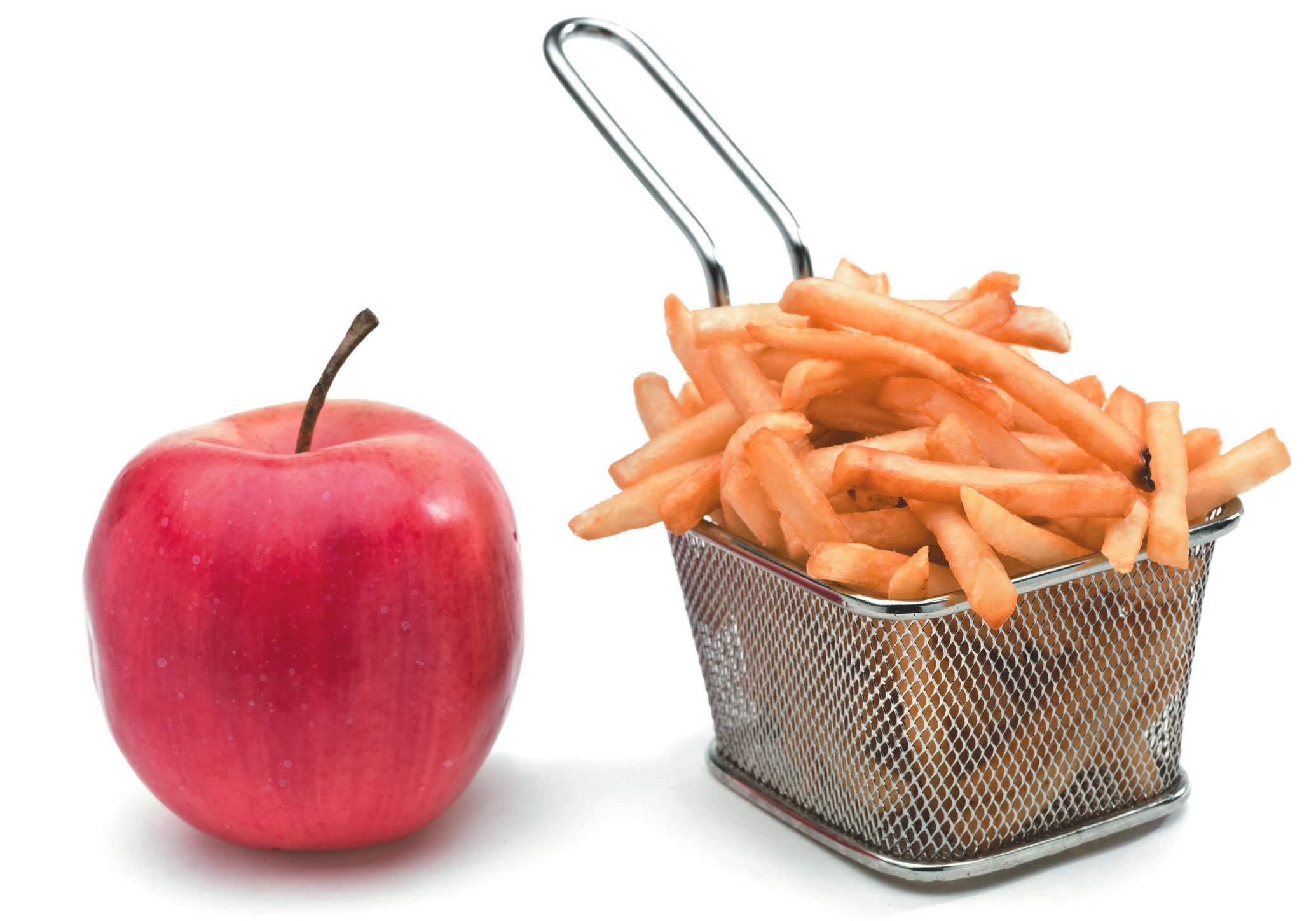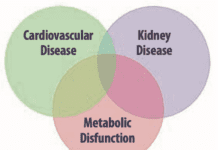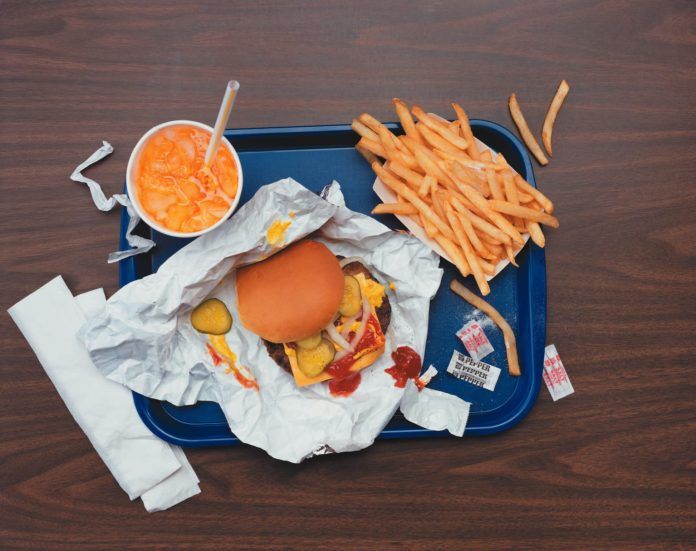

Fast food restaurants are relatively inexpensive, consistent, quick, familiar, and, for the most part, challenging places to eat if one wants to follow a healthy diet.
According to the 2018 Fast Food Industry Analysis, one of the biggest forces acting on the fast food industry in America is the shifting of consumers’ tastes towards healthier options. According to the National Restaurant Association, the number of adults who say they are trying to choose healthier items at restaurants is on the rise. To meet this demand, a number of fast food chains have started including some healthier options on their menus (while simultaneously adding other less-healthful choices). Additionally, new franchises have launched concepts based on potentially healthier ingredients; vegetarian main courses and vegetable sides are becoming more common; and some major chains are promising to source fresher ingredients with less additives, purchase free-range chickens, and make other changes to lure health- and environmentally-conscious consumers to their counters. The extent to which these changes are actually improving health remains unclear.


Restaurant meals, whether fast food or not, tend to be higher in calories and lower in nutritional quality than foods prepared at home. As part of the 2010 Affordable Care Act, chain restaurants, grocery stores, and other retail establishments with 20 or more locations must now post calorie information on their menus. This rule is designed to encourage consumers to choose lower calorie items, but also to encourage restaurants to improve their offerings. A 2018 systematic review and meta-analysis led by Tufts scientists, published in the American Journal of Preventive Medicine, found that nutritional labelling on menus reduced the average number of calories diners consumed at a meal by 6.6 percent. However, findings on long-term effects on obesity or other health outcomes was lacking. “Two big questions remain,” says the senior author of the research, Dariush Mozaffarian, MD, DPH, dean of the Friedman School and editor-in-chief of Tufts Health & Nutrition Letter. “First, does this modest calorie decrease at a single meal translate into long-term calorie effects, or do people simply eat more later? And second, are total calories an appropriate target? For example, it is possible that 800 calories of healthy food may be better for your overall health than 600 calories of unhealthy food.”
Even people who eat out infrequently, or those with the financial means and time to choose restaurants with healthier fare, will most likely find themselves at a rest stop, in an airport, or on the run at one time or another. While the majority of fast food choices are still hard to fit into a health dietary pattern, it may be easier than it once was to choose a nourishing meal at a quick-service establishment.
Try these tips for a healthier fast food meal:
Build it yourself. Look for quick service outlets that allow the customer to build their own sandwich, salad, or bowl. Many popular chains offer plenty of vegetables, beans, whole grains, seafood, and plant-based proteins like tofu from which to choose. Try to reduce starch- and sugar-rich items.
Request a different side. Even if fries are the default, most chains offer a side salad or an option like apple slices, applesauce, or baby carrots that can be requested instead.
Dont supersize it. Keep portions reasonable (one hamburger patty, not two, for example), consider ordering from the kids menu, and choose half-portions when available.
Rethink your drink. Fast food often means drinks laden with added sugars or just sweet in general. Instead, look for milk or water. Water is almost always available for free by pushing a special tab on the soda-dispensing machine.
Look for the whole grain option. Whole-wheat bread or whole-grain wrap options are often available to replace refined-grain items, and grab-and-go oatmeal is an increasingly-available breakfast offering. If whole grain is not an option, consider requesting it: consumer requests can bring about change.
Limit starchy options, including rice and French fries, and instead look for more healthful ingredients like fruits, nuts, beans, seafood, and plant-based proteins.
Look for healthy vegetarian options. Not all vegetarian foods are healthy (cookies and soda are vegetarian, after all). Nonetheless, the bean- or grain-based burgers, hummus and veggie wraps, or grilled vegetable sandwiches being added by some franchises can get more health-promoting plant foods on your plate.

























Thank You 4 the Information Great!!!
I wish that whoever writes your column would learn the difference in how to use “less” vs. “fewer”. You should use the word fewer for anything that can be counted and fewer for uncountable or ambiguous quantities. For instance, you would say fewer dollars, but less money. In your article above the author wrote: “and some major chains are promising to source fresher ingredients with less additives.” It should read “fewer” additives because additives can be counted.